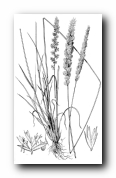
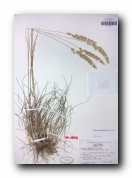
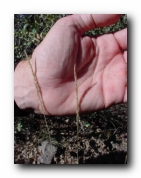
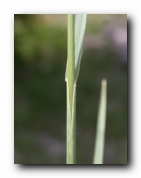
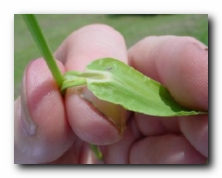
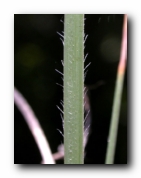
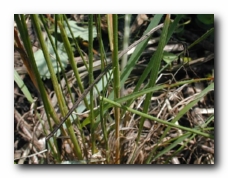
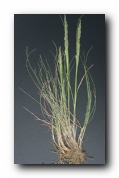
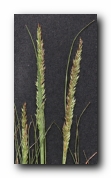
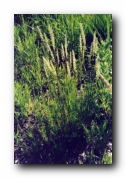
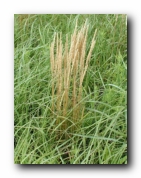
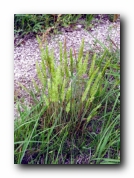
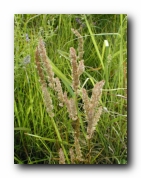
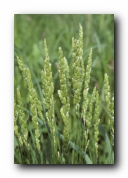
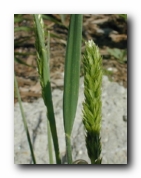
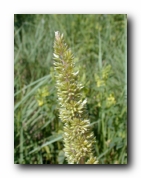
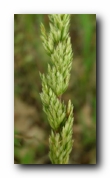
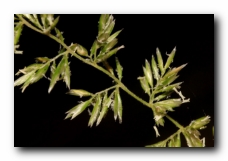
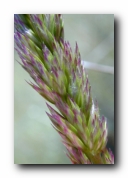
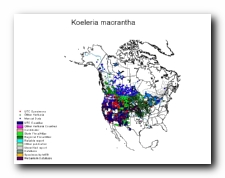
40" Rows:
Broadcast:
Sandy:
Loam:
Clay:
High
High
Low
Habit: Tufted perennial. Culms: 30-60 cm. tall, tufted, erect, simple, puberulent below the panicle, leafy at the base. Blades: 6-8 cm. long, 1-3 mm. wide, flat or involute, the basal leaves somewhat longer, stiffly ascending or erect, usually more or less rough and more or less pubescent to hirsute. Sheaths: Mostly longer than the internodes, at least the lower pubescent. Ligule: Membranous, fringed, about 1 mm. long. Inflorescence: Panicle exserted, erect, 4-15 cm. long, tapering at the summit, at flowering time the branches spreading or ascending, later contracted and spikelike, often lobed, interrupted or branched below, shining, the main axis and branches minutely pubescent. Spikelets: 2-4-flowered, 4-6 mm. long, compressed, the rachilla disarticulating above the glumes and between the florets, prolonged beyond the perfect florets as a slender bristle or bearing a reduced floret at the tip. Glumes: 3-4 mm. long, nearly as long as the lowest florets, usually about equal in length, the lower narrow, sometimes shorter, 1-nerved, the upper wider, broadened above the middle, 3-5-nerved, scaberulous. Lemmas: 3-4 mm. long, a little longer than the glumes, somewhat scarious, shining, obscurely 5-nerved, scaberulous, acute or short-awned, the awn borne just below the apex. Palea: Hyaline, 2-keeled, 2-toothed. Fruit: Grain loosely enclosed within the subrigid lemmas, free. Habitat: Prairies, plains, open woods and sandy soil. May-August. Use: A good forage grass in the spring and a normal constituent of much of the native pasture of the state. Remarks: A decidedly variable species in size, shape of inflorescence, and amount of pubescence. Synonyms: Koeleria macrantha (Ledeb.) J.A. Schultes Koeleria cristata auct. p.p. non Pers. Koeleria cristata Pers. var. longifolia Vasey ex Burtt-Davy Koeleria cristata Pers. var. pinetorum Abrams Koeleria gracilis Pers. Koeleria nitida Nutt.
Special Notes:
Junegrass (Koeleria macrantha) Information #2